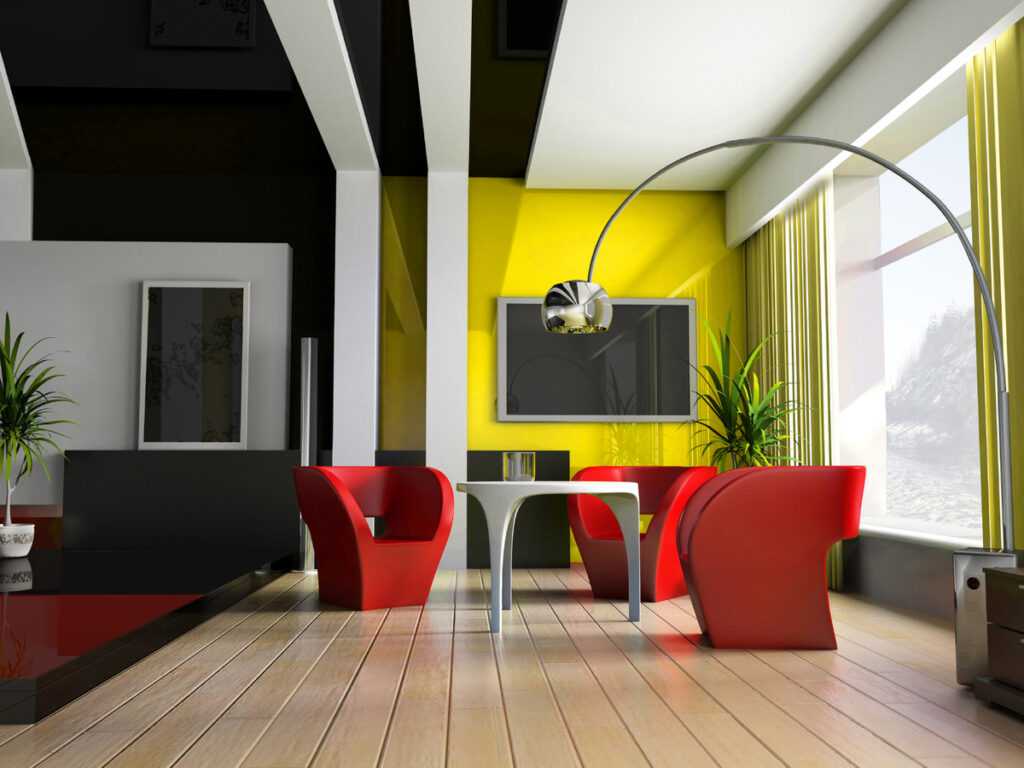Lighting: set the scene in your home

Direct or indirect lighting, for atmosphere or practical comfort, is one of the essential elements for quality of life in the home. However, it is important to respect the spirit of each room as well as its functions. There is a huge choice between the various types of lighting. Advice, suggestions and a tour of the house with atHome.
Conventional pendant or ceiling lighting is usually only of interest in rooms where functionality must take precedence over all other considerations, such as the garage, workshop, sewing or ironing room or even the kitchen, provided that it can be switched off in favour of mood lighting. Ambient lighting is primarily intended to highlight a particular area of the room, a texture, a decorative element, etc. This can only be achieved by using multiple light sources, allowing the effects of light and shadow to be played with. Suspended or ceiling lights tend to flood a room with light, "overwhelming" everything and giving the room an impression of volume that is often greater than it really is. However, a judicious choice of suspended and ceiling lights can already give a diffuse and therefore less harsh lighting.
Thinking about lighting also means thinking about colours. To emphasise the textures of your walls, but also by not hesitating to use coloured lamps, which can reinforce the desired atmosphere. For example, a (slightly) red or yellow light will give an impression of warmth, while, conversely, white light - especially halogen light bulbs - or blue light will produce a bright, cold light that will be reflected by the walls if they are in light tones, or absorbed if the wall tones are dark.
It should be noted that LED lamps have considerably broadened the range of lighting possibilities. Although LEDs are still more expensive to buy, the savings generated by their very low consumption (less than fluorescent bulbs, known as low consumption bulbs) mean that the cost can be recouped fairly quickly. However, beware of the quality of the LEDs you choose, as the lifespan indicated on the packaging is not always confirmed in practice.
What are the property prices at the moment?
Direct and indirect
Pleasant, efficient and comfortable lighting is achieved through direct and indirect light sources, which complement each other. While direct lighting by suspension is only practical and offers little other advantage than simplicity of installation, spotlighting (surface mounted or recessed in a floor, wall or ceiling) is intended to emphasise a part of the room or a piece of furniture or a decorative object. This targeted lighting will be quite powerful, and it is generally better to direct it downwards. It is also important to take into account the distance and shadows it will cause: too much contrast will often be perceived as aggressive or even threatening by young children.
Indirect lighting is used to create the desired atmosphere. This needs to be well thought out because if the light source is directed towards a flat surface, it will reflect the light and illuminate the whole room. The various types of covering for indirect lighting will create the impression of diffuse light. There is also a perhaps useful fact to remember: playing with the colours of indirect lighting requires white reflective surfaces. This is good for the general brightness during the day, but the problem with uniformly white light is that it can be tiring and even tiring for the eyes.
Both direct and indirect lighting, table lamps can have a practical purpose - as in the case of bedside lamps - but also an atmospheric one, depending on where they are placed. Don't hesitate to play with shapes, colours and originality, or to highlight them, as many table lamps are themselves strong decorative elements that amplify the atmosphere and mood.
Written by
atHome
Posted on
21 January 2014
